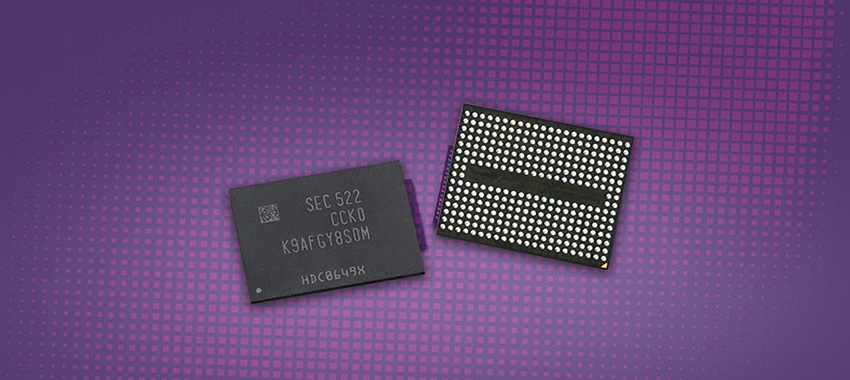
Hot on the heals of the biggest tech merger of all time, reports surfaced this week that SanDisk is shopping itself, looking for a buyer in perhaps WD or Micron. SanDisk has been on the other side of the coin for the last few years, buying up Flashsoft, Pliant, Fusion-io and Smart Storage to name a few. SanDisk has also launched their own "JBOF" dubbed Infiniflash, which has seen some recent design wins (Tegile and Nexenta), and SanDisk has contributed to Ceph and other open projects to encourage flash integration. SanDisk also has a flash development agreement with Toshiba, the two pairing to battle against Samsung, Micron and Hynix on the NAND fabrication front. Lastly, let's not forget that SanDisk has a large client-facing portfolio as well, albeit in more commodity products like USB drives, memory cards and client SSDs. The decision to sell then, if true, opens up many potential suitors beyond the likes of WD and Micron.
Hot on the heals of the biggest tech merger of all time, reports surfaced this week that SanDisk is shopping itself, looking for a buyer in perhaps WD or Micron. SanDisk has been on the other side of the coin for the last few years, buying up Flashsoft, Pliant, Fusion-io and Smart Storage to name a few. SanDisk has also launched their own "JBOF" dubbed Infiniflash, which has seen some recent design wins (Tegile and Nexenta), and SanDisk has contributed to Ceph and other open projects to encourage flash integration. SanDisk also has a flash development agreement with Toshiba, the two pairing to battle against Samsung, Micron and Hynix on the NAND fabrication front. Lastly, let's not forget that SanDisk has a large client-facing portfolio as well, albeit in more commodity products like USB drives, memory cards and client SSDs. The decision to sell then, if true, opens up many potential suitors beyond the likes of WD and Micron.

SanDisk 256Gb 3D V-NAND Flash Memory
A little over a year ago I opined on how long it would take for WD and Seagate to invest seriously in flash. Both had dabbled in it via acquisitions but both generally preferred the steady revenue stream that platters provided without the need for heavy cash investments in NAND fabs. In the last year, a lot has changed though. Seagate has tied up with Micron to supply flash along with a SAS SSD; they've also added storage assets from LSI and array vendor Dot Hill to the portfolio. WD, who piled up several flash assets earlier, has been relatively quiet lately, building out the HGST SSD portfolio, which targets higher-end enterprise solutions. The gap in mainstream flash portfolio options for the enterprise and the fact that WD has distribution channels in place already for client products, makes them a good alignment fit for the SanDisk exit rumor.
Micron is the other name bandied about. While Micron certainly has channel support for the client goods as well via its Crucial and Lexar brands, it is the scale of fab production that may be most appealing. SanDisk operates competing product lines though and the technology overlaps are not as deep as a casual observer might think. Financial experts also speculate that Micron is under a fairly heavy debt load, which makes paying a premium for SanDisk less likely. The thread that keeps this part of the rumor alive though is the scale at which Samsung is operating. Micron is behind Samsung in total NAND output and could benefit from instant access to fabs that typically take years to come online from scratch. A tie up between the two could put them on equal footing, depending on who's numbers you look at, with Samsung's volume.
Interestingly Toshiba hasn't been associated with these rumors, who would have to agree to the deal in some form anyway due to the fab deal in place with SanDisk. Toshiba has been making great strides in their flash portfolio, regularly popping up in arrays that come into our lab for review. Their latest SATA and SAS SSDs have been impressive and access to flash to expand their footprint is key. Toshiba is also well positioned globally to deliver flash-based products via their own brand and the OCZ brand, which targets slightly different markets.
It remains to be seen if this rumor turns into anything concrete, but there are definitely a few avenues for SanDisk to pursue if they do in fact want to exit. Any deal would certainly cause a rebalancing of the enterprise flash market, with additional ripples through client computing and OEM businesses.
Sign up for the StorageReview newsletter
